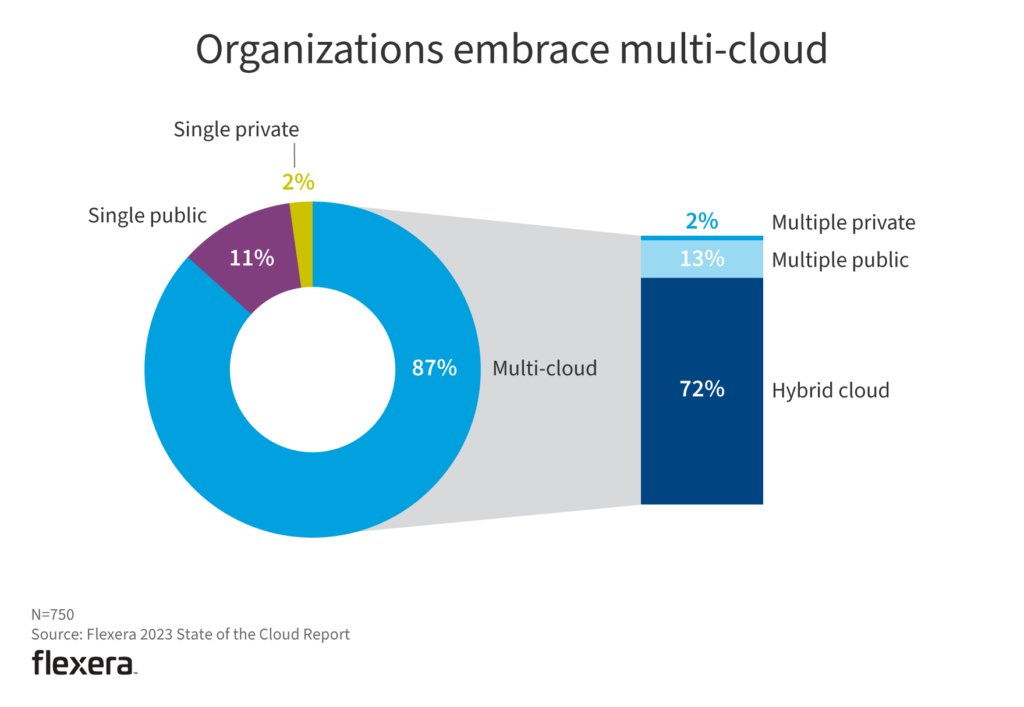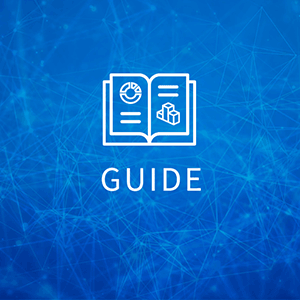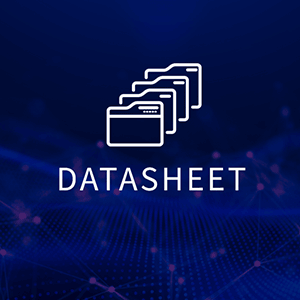This is the fourth installment in our blog series illuminating the essential questions that must be answered in order to plan your organization’s IT for 2022. The better your visibility into every element of your IT estate, the more effective your planning will be.
The answer to the question is: probably not
But there’s hope—and help—for IT leaders who struggle to make sense of the increasing complexity of the cloud.
As Flexera’s 2023 State of the Cloud Report illustrates, the adoption of cloud continues to grow across all industry verticals, and across organizations of all sizes.
As shown in the figure below, 98 percent of organizations are currently utilizing at least one public cloud provider. With this proliferation of cloud usage and adoption come larger and more complex bills from the providers.

Can’t decipher a cloud bill? You’re not alone
The complexity of these bills and the pricing models on which they’re built present a bewildering challenge for IT professionals managing the combination of public and private clouds adopted by so many organizations. But the clarity delivered by Flexera One’s Cloud Cost Optimization (CCO) application helps you find the signal in the noise that is your cloud provider bill, and provides recommendations on where and how you can optimize your cloud spend.
What is cloud cost optimization?
The optimization and automation features CCO delivers include:
- Slice and dice bill data: CCO’s tabular view functionality allows you to subdivide your bill across any single dimension, or any combination of multiple dimensions. For example, you can view costs associated with a particular provider account, a specific cost center within that account, a particular application, or even an individual user (all the way down to a specific day and time for that user). This enables you to find the “big rocks” that would benefit from further investigation to determine if the spend is warranted or not.

- Customized dimensions: CCO’s rule based dimensions (RBD) feature adds to the efficacy of the tabular view as it allows you to create your own dimensions that aren’t encapsulated by account/project boundaries, or that are captured via tagging of resources. An RBD can be created that spans accounts (even across different cloud providers), or includes multiple projects or cost centers so you can group and analyze all your cloud costs in any structure that makes sense for your organization and use case.
- Provider discount cost reallocation: All cloud providers offer discounting mechanisms such as reserved instances and savings plans. The ability to allocate these discounts properly across the accounts that utilize them is paramount in accurate and fair cost accounting across business units, applications and account. CCO can provide visibility into how these discounts are being allocated, enabling accurate showback and/or chargeback.
- Discounted spend coverage: CCO provides the ability to see all your cloud spend across all resource types and determine which portions of that spend are covered under some type of provider discount—including reserved instances, savings plans and spot instances. This, in combination with CCO’s recommendations, can help increase the percentage of your monthly bill that’s covered by discounts, resulting in more optimized use of your cloud spend.

- Automation: As the Flexera One platform is “API first,” all functionality available via the CCO UI can also be accessed and utilized programmatically. This enables development and engineering teams to automate the scheduling of optimization checks, as well as the execution of any recommendations that result.
Adding muscle to showback and chargeback
As part of the cloud cost optimization journey, many organizations use showback and/or chargeback to their internal business units, allowing them to illustrate to their users the amount of cloud costs each incurs.
Sometimes even just this visibility will spur groups to self-optimize their cloud spend once they realize the extent of these costs (when these reports are issued publicly within the company, it’s sometimes referred to as “shameback,” as groups come to realize how much more they’re spending than their counterparts, providing further motivation to optimize).
CCO has powerful functionality within showback and chargeback, including the ability to add adjustments to the costs shown to users, such as the addition of overhead charges for a central IT team’s efforts and involvement, or to distribute costs such as provider support contracts across all the groups that participate in that contract.
The cloud is a double-edged sword
Compared to the days of yore in the data center, the cloud has made it infinitely easier to provision and access resources. However, this efficiency has made it equally easy to spend money quickly and non-optimally.
Good cloud governance practices can assist with reining in some of these issues, but cloud cost optimization is at the core of getting the most efficient benefit from your cloud resources.
Cloud Management
Take control of cloud use with out-of-the-box and customized policies to automate cost governance, operations, security and compliance.
See your way to cloud clarity
The opportunities the cloud presents are limitless, but don’t let your cloud spend follow suit.
Click below for our comprehensive, free guide and see how you can achieve technology value optimization. It’s time to keep costs in control while allowing your organization to reap the many benefits the cloud offers.







